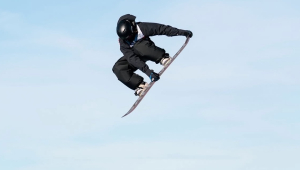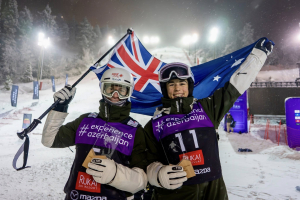A Winter to Remember in Hakuba – the 2024/25 Season was Japan’s Freeride Capital at its best
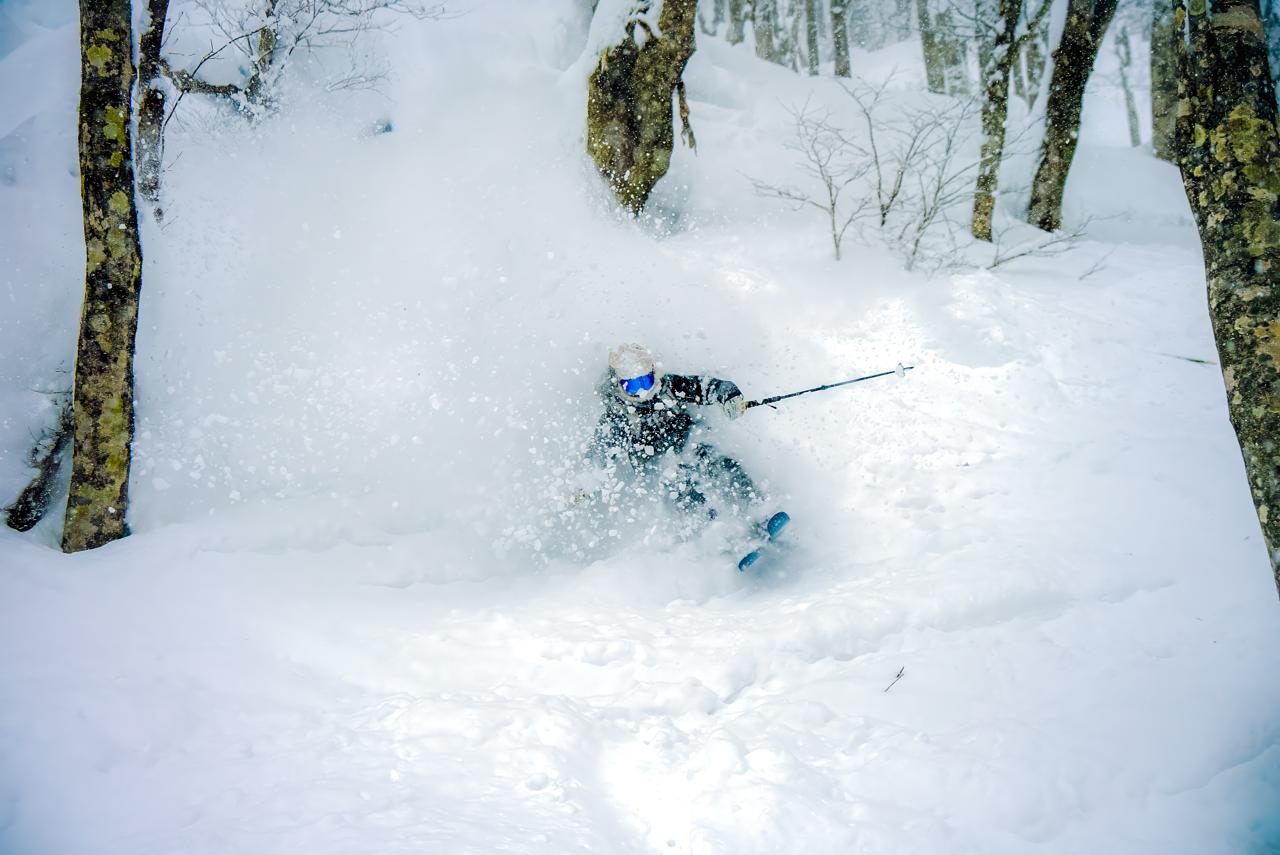
Mountainwatch | Reggae Elliss
Last winter in Hakuba was phenomenal, a massive snow year with mid-mountain snow depths reaching four-to five metres and more powder days in one season than you’d think possible. The storms that hit were big, a few dropping 60-80cms in 48 hours and with the associated cold temps the snow was incredibly light powder and it consistently fell to base levels.
By mid-March the four-month snowfall totals from November for the base of Hakuba’s resorts was 7.79 metres and the rice paddies in the valley were covered by 1-1.5 metres of snow for most of January/February. Upper elevation totals were over 11 metres – it was the best season in years.
I’ve spent a lot of time in Hakuba over the past few years and have had it at its best and its worst – including four months during the dry 2019/20 season. This season I arrived in mid-January, a day after a three-day storm had left 70cms of fresh snow. The previous six weeks had seen consistent snowfalls across both Honshu and Hokkaido making it one of the best early seasons in Japan for a few years.
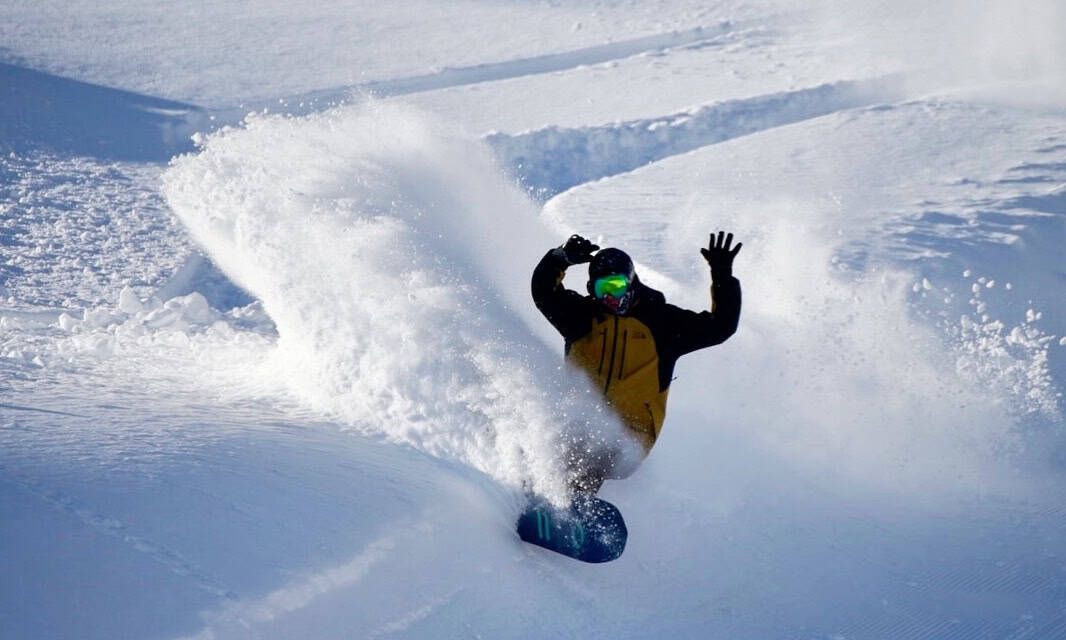
Following a week of sunshine after my arrival I thought I may have missed the storm cycle and that the back half of the season wouldn’t see the same amount of powder days as the first half. However, there was light – or snow – at the end of the tunnel with a solid storm set to hit in a few days.
It arrived as per the forecast on January 29th and it dumped, dropping 70cms in three days. Four days later another storm moved in from the Sea of Japan and it turned out to be one of the biggest of the season dropping 110cm at the base in just four days. I have never seen such a relentless snowfall and the skiing was awesome. I have had a lot of good days in Hakuba, but this was next level. I was experiencing Hakuba at its best and over the next six weeks I had many days that were just as good.
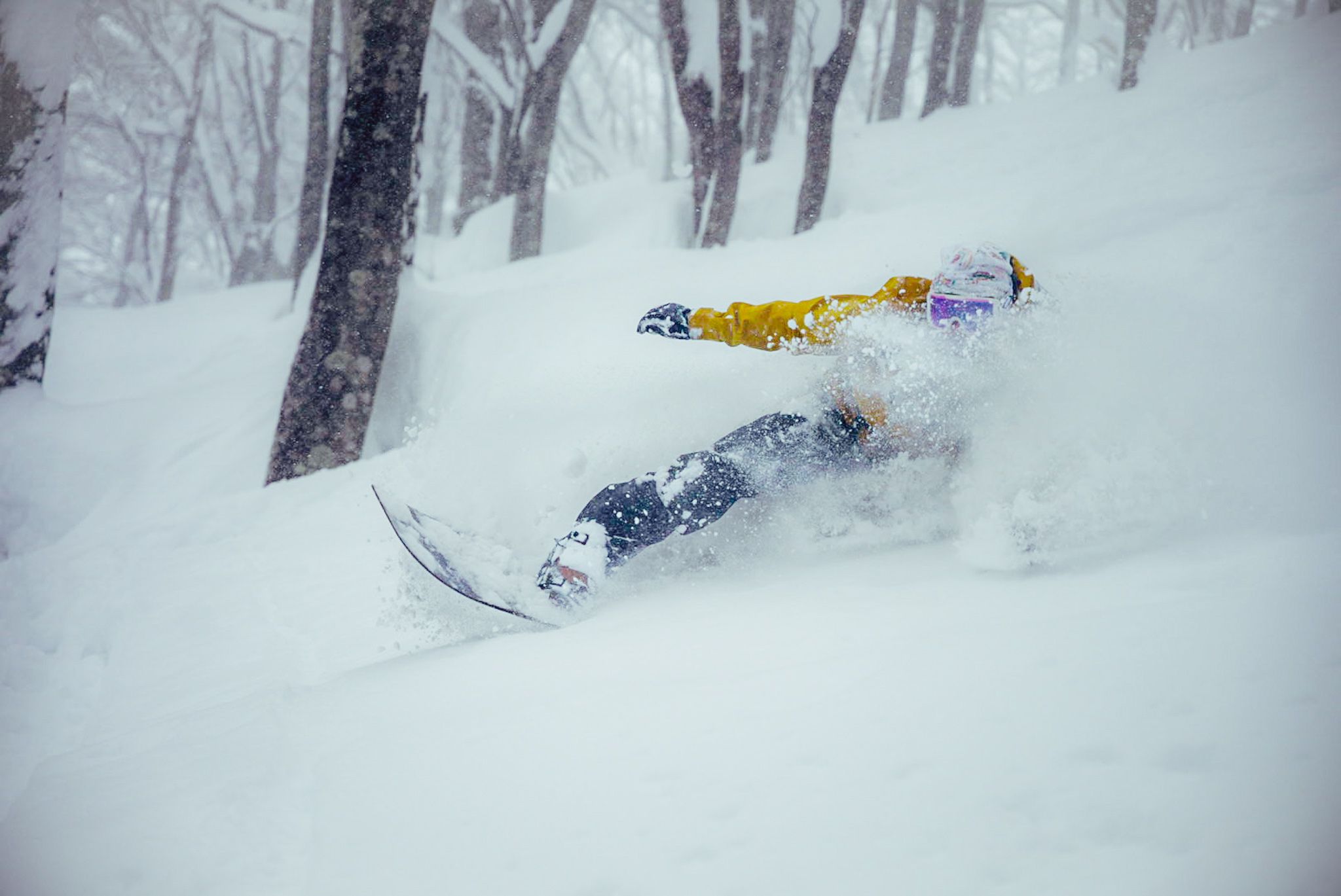
Hakuba Valley has been a popular destination for Australian tourists for a long time and it is easy to see why: has 10 different resorts, 135 lifts, terrain for everyone from beginners to experts, great tree skiing and some of the best and steepest backcountry terrain in Japan. It also has a wide range accommodation for all budgets and a variety of food and après options, from authentic small Japanese restaurants and bars to western style eateries for those who want a burger or pizza.
It is also an Epic Australia Pass partner which gives you five consecutive day passes and access to all seven Hakuba resorts.

Hakuba’s higher elevations average nine metres of snow annually and the valley lies in the shadow of the spectacular Northern Alps, some of which reach an altitude of 3000 metres, providing a spectacular big-mountain backdrop. It is an incredibly beautiful place, distinctly rural Japan with local villages nestled among rice paddies and small farms.
While the resorts offer a mix of quality on and off-piste terrain, the fun tree skiing, deep snow and accessible backcountry make Hakuba one of Japan’s best freeskiing destinations, and one with a long heritage in Japan’s snowsports’ culture. The first ski lifts were built in Happo-one resort in 1952 and Hakuba hosted a number of events during the 1998 Nagano Winter Olympics, including the downhill and Super G. It remains one of Honshu’s most popular winter destinations and attracts plenty of locals, particularly on weekends and public holidays.

Hakuba also has a strong freeride culture that has been growing every year, partly inspired by the Japan Freeride open which has drawn a number of Japanese freeriders to Hakuba since its inception in 2015. Local freeskier and backcountry guide Takuma Ida also credits the Freeride World Tour’s presence in Hakuba as a factor. “I think the FWT which was held in Hakuba from 2017 to 2020 and the annual four-star qualifier has inspired younger skiers, many of whom are switching from downhill or mogul skiing to freeride,” Tak said.
“There’s a lot of talented freeriders here now like local twins Keisuke and Tomoya Tezuka who have been actively competing in Freeride competitions across Japan, New Zealand, and Europe. Yuko Goto won the four-star qualifier in 2023 and was second this year while Ohno Yui, has made a name for herself by winning numerous Freeride competitions.

Given Hakuba’s terrain it’s no surprise that some of Japan’s best freeriders base themselves in Hakuba each winter. Even during low-snow years, such as 2019/20, the higher elevation of Hakuba’s backcountry ensures quality freeskiing and fresh snow.
While powder is never guaranteed, the reliability of the backcountry draws international riders to Hakuba each year. Travis Rice is a regular and Japanese freeskiing legend Yu Sasaki, who now lives in Revelstoke, makes a trip home each year to ski the big-mountain lines in the Hakuba backcountry.

The 2024/25 season was no exception, with numerous international pros, including Kiwi skier Finn Bilous, spending time in Hakuba to ski and film. I bumped into Finn at the Rabbit Hole, and he was buzzing after a deep powder day in the Tsugaike backcountry. He had spent the day filming and showed me a couple of clips, including one where he disappeared beneath the snow during a few turns. The footage is amazing, and he was pretty stoked to be freeskiing in Japan rather than spending another season competing.
“This is my fourth trip to Japan and third time in Hakuba, but they were short trips, squeezing in a few pow turns in between contests,” Finn said. “I’ve been here for a month and wasn’t until this trip, spending more time here, that I really got what skiing in Japan is all about.”

“It’s been good to have the time to absorb more of the Japanese culture and way of life. Skiing in Japan is a very Zen-like experience, so it felt more aligned to stay for a longer trip, to slow down and enjoy the place for more than what you see on the surface.”
Multiple storms and back-to-back powder days no doubt enhanced the experience, but having the opportunity and time to explore more of Hakuba’s terrain made a big difference. “Hakuba is unique in that it offers a wide range of different terrain,” he told me. “You’ve got some great tree skiing when it’s storming but then there’s incredible alpine lines to be had on those days when the sun is shining.”
The variety of terrain is also found in the resorts, not only the backcountry. They vary in size and terrain, the smaller resorts suited to beginners and intermediates while the bigger resorts are also higher with more vertical drop and terrain to suit all standards, from beginner to expert. Snowfall can vary significantly in the resorts depending on storm origins. Storms from the west tend to favour central resorts like Hakuba 47, Goryu, and Happo-one, while those from the northwest bring heavier snow to resorts like Cortina and Norikura, which are closer to the coast.
On powder days, lines can be long at Cortina as it often receives double the snowfall. However, during a year like the past one that regularly saw overnight totals of 50-60cms, everywhere was firing. Still, the majority of tourists still headed to Cortina, resulting in most of it being tracked out early while there were still some freshies to be found much later in other resorts.
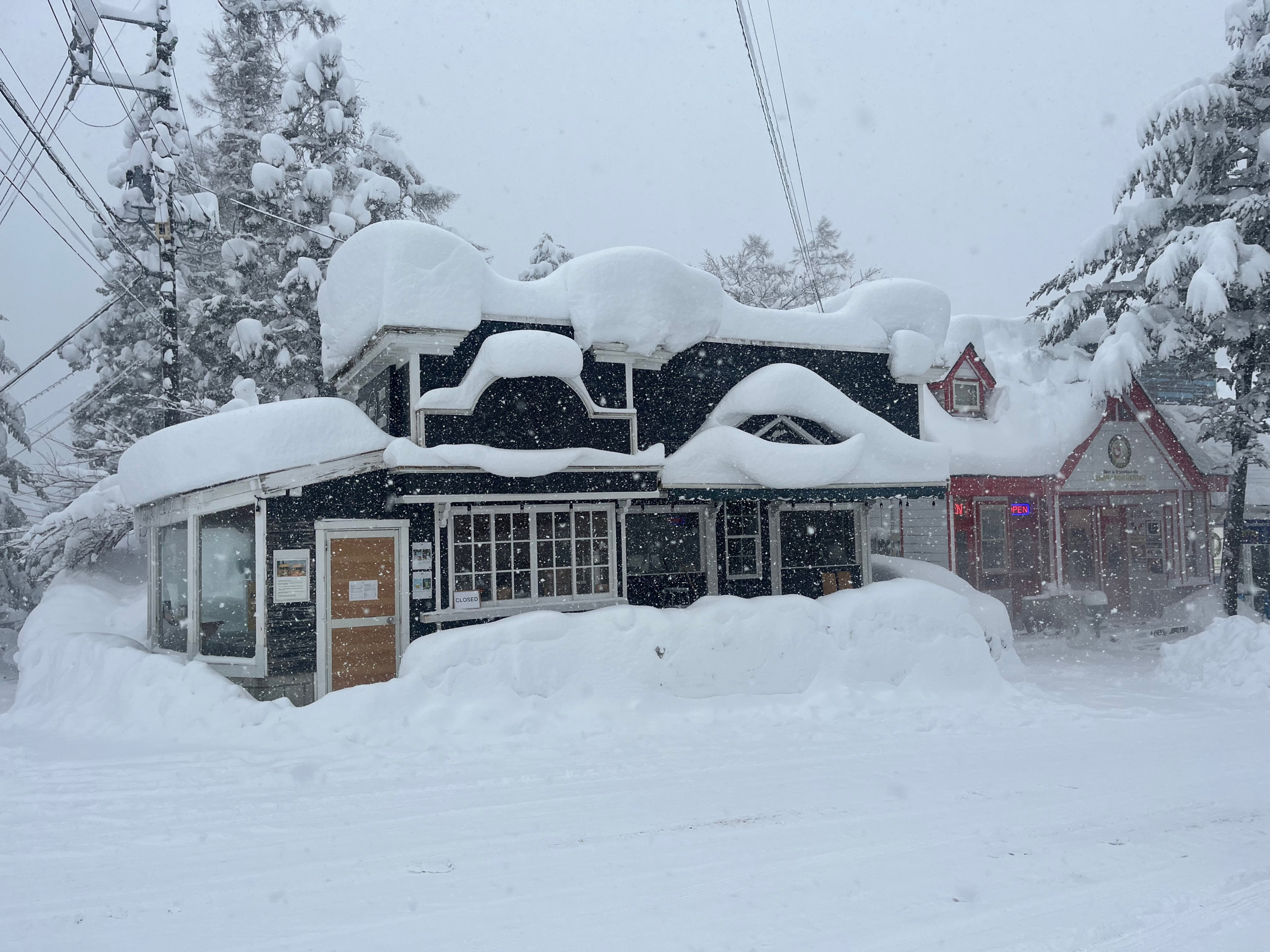
One day for me stands out when I was staying at a friend’s place at Goryu – which is interlinked with Hakuba 47. The Goryu gondola had a delayed opening due to avalanche control and clearing the top station, so I didn’t get up to the top until after 11. I knew Hakuba 47 was already open but decided to head over there anyway and ended up skiing four or five untracked runs in knee-deep light powder in the trees. It was mid-week, but still pretty quiet for a powder day, and I later heard from a friend that the lift lines at Cortina were 30-35 mins for most of the day.
That was pure luck on my part but Hakuba-based skiers like Finn Bowes know how and where to beat the crowds. Finn is from Falls Creek where his family own Central Snowsports a retail/rental store. They opened a Central Snowsports in Hakuba in 2016 and now operate three stores in Hakuba. A former ski racer turned freerider, Finn now spends the entire season in Hakuba.
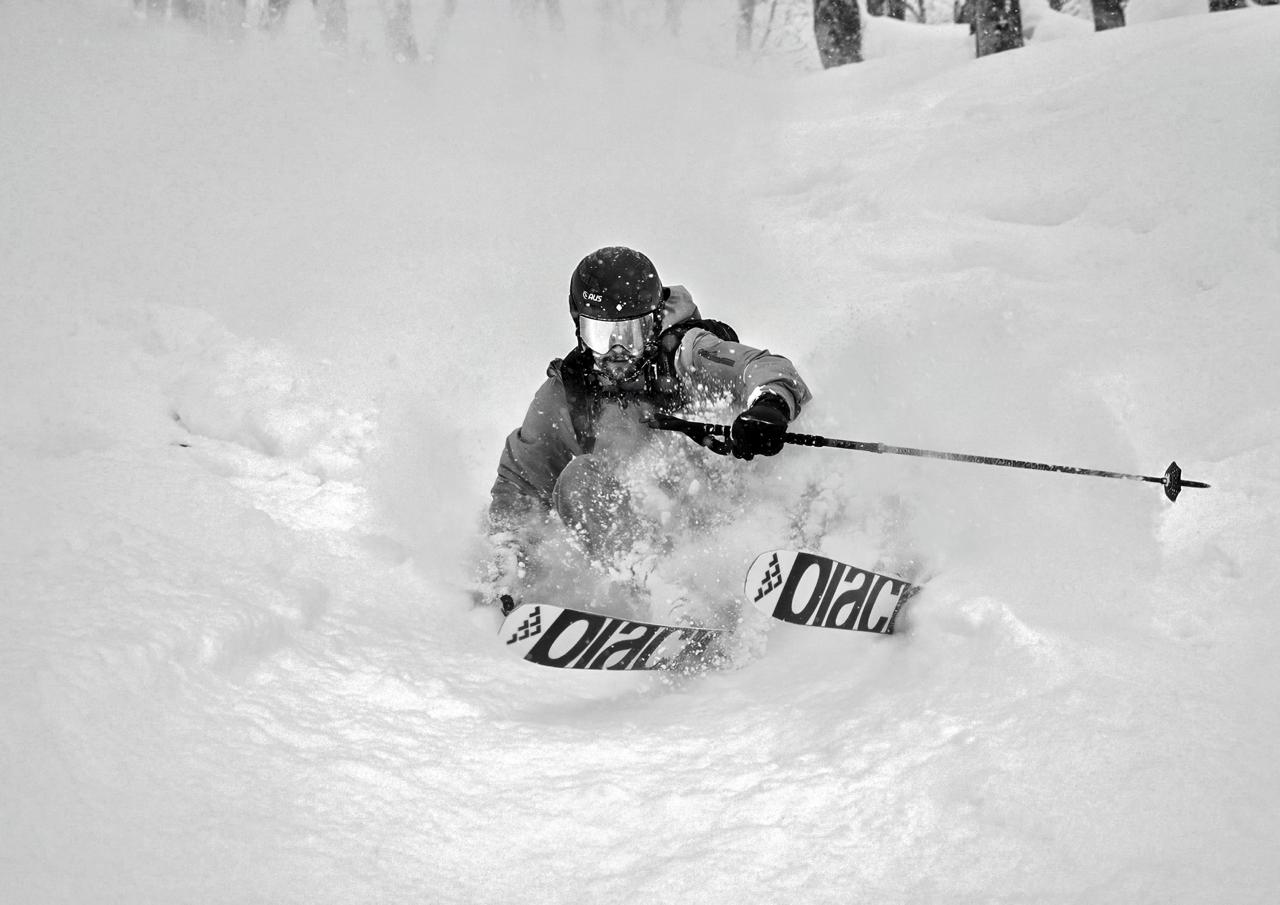
From a freeride perspective, Finn believes Hakuba is unmatched. “The access to diverse terrain, world-class backcountry, sidecountry, and in-resort powder means you never feel like you’ve done it all,” he said.
“With expansive and easily accessible backcountry, Hakuba offers big mountain lines comparable to European faces, as well as world-class tree skiing runs that can stretch for a kilometre. Tsugaike trees and the Happo-one backcountry are among my favourite freeriding areas, but here are heaps of other spots I share with a select few. Despite all the time I’ve spent skiing in the valley, I’ve barely scratched the surface of what Hakuba has to offer.”
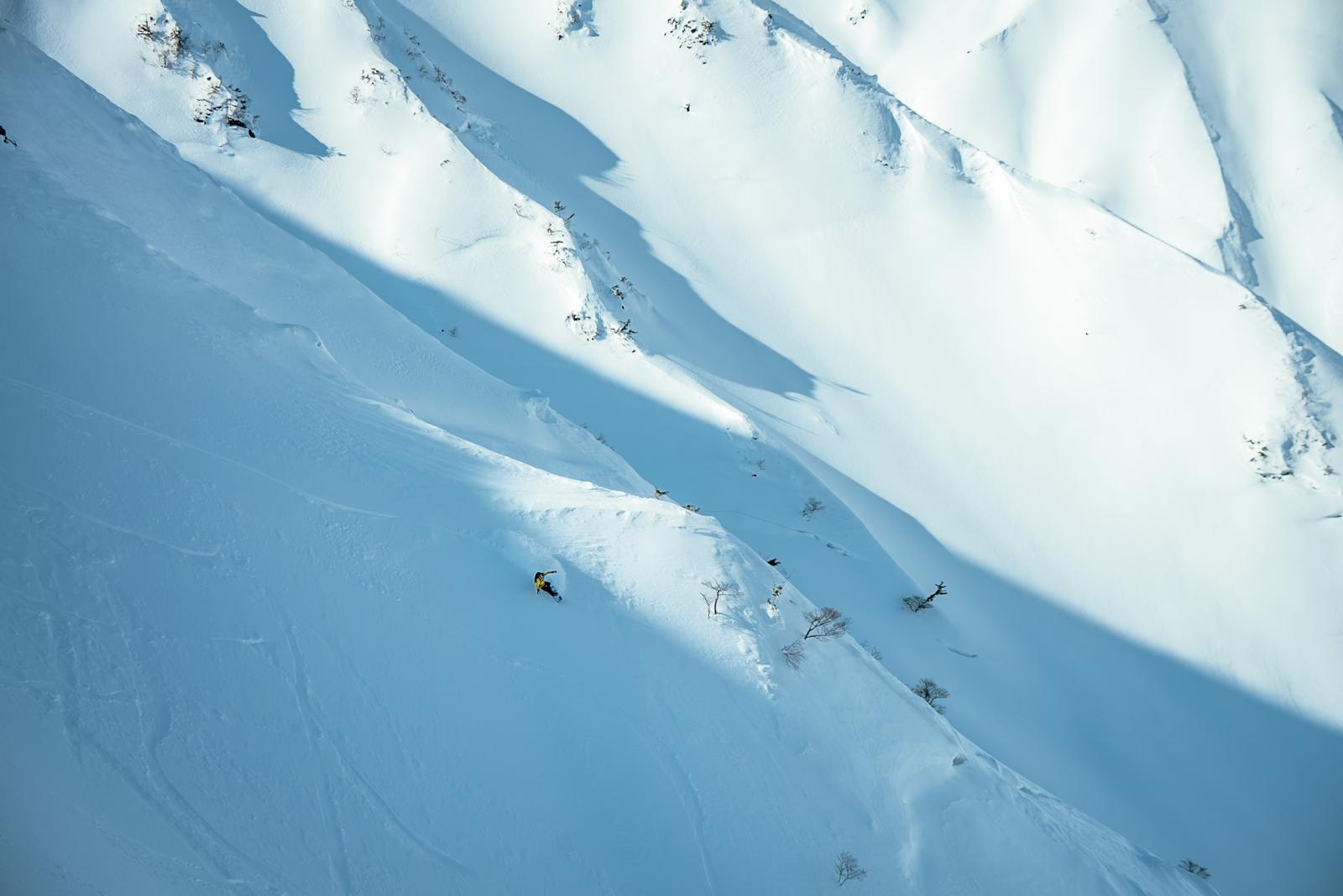
When I left Hakuba in the last week of February another storm had brought widespread snowfalls across Central Nagano, Hakuba picking up 50cms in three days. Over the five weeks I was there, Hakuba received a snowfall total of 410cms from four storms – a ridiculous amount of snow.
While that much snow makes life difficult for day-to-day living it’s a dream for any keen skier or snowboarder, and last winter in Hakuba winter is definitely one to remember.
Keen to experience Hakuba for yourself? Check out the 2025/26 Hakuba packages at Mountainwatch Travel and stay up to date on snow conditions the winter with our Hakuba snow reports, forecasts and snow cams.
